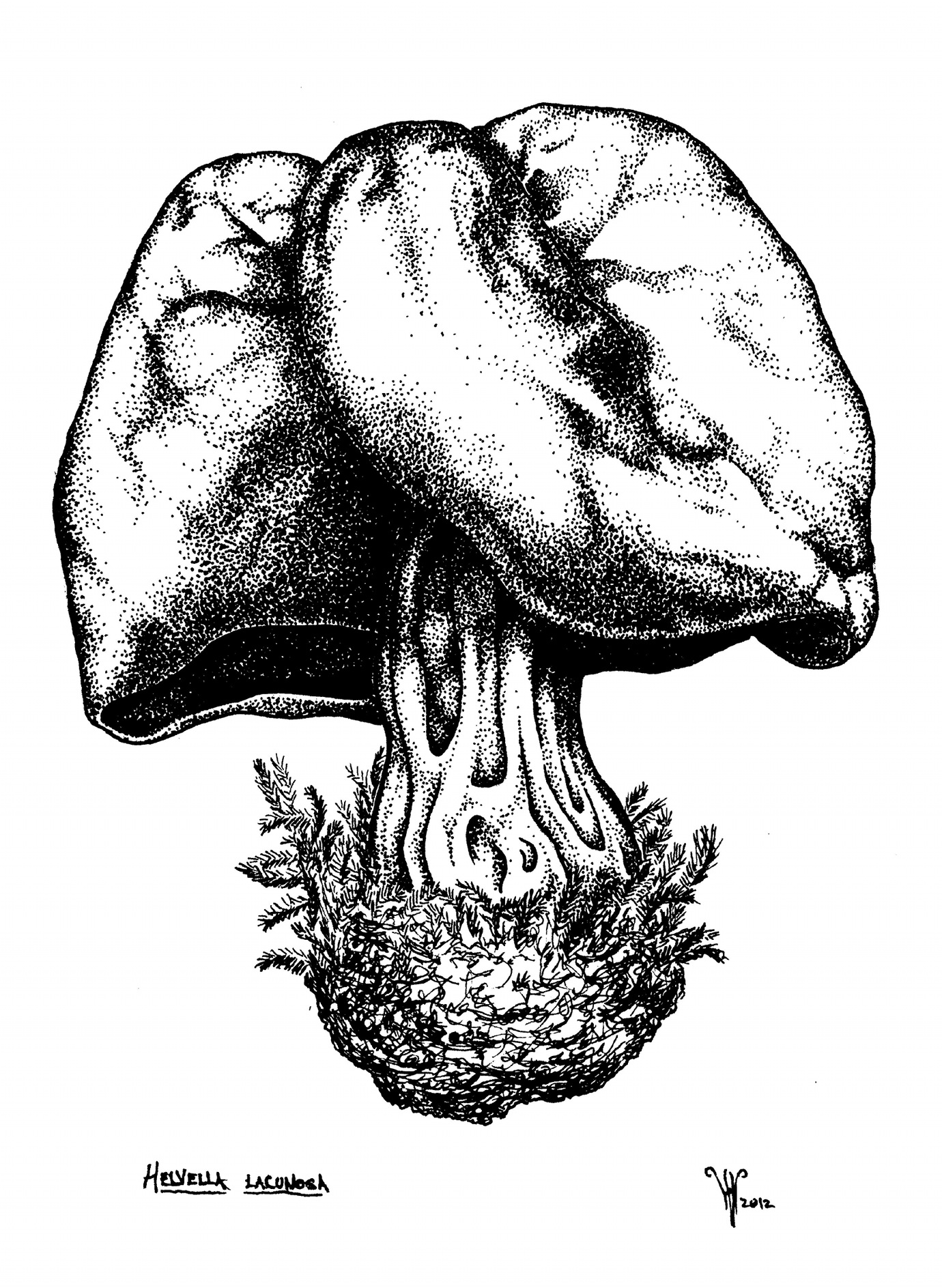spores

Slime, spores…fungi!
One of many sessions that will focus on species interactions at ESA’s 2013 Annual Meeting by Nadine Lymn, ESA director of public affairs As different from plants as plants are from animals, Fungi feature varieties that decompose dead organisms, engage in mutually beneficial relationships with other species, cause disease to plants and animals, and act as predators and parasites. Mycologists—those who study…
Read MoreFrom the Community: the wisdom of birds, felines and spores
Tim Birkhead explains what song bird research can contribute to human health, Surprising Science describes the evolution of a feline’s roar (or meow), a Geophysical Research Letters study assesses the world’s dwindling groundwater supply, Nature News interviews Gabriela Chavarria—the U.S. Fish and Wildlife Service’s top science adviser—and Chris Palmer’s book reveals faking in nature videos. Here are stories in ecology from the last week in September.
Read MoreFungus has been invading carpenter ants for 48 million years
Scientists have found that the parasitic fungus Ophiocordyceps unilateralis has possibly been invading carpenter ants (Camponotus) for 48 million years. The parasite not only infects the ant, but it manipulates the ant’s behavior, influencing it to bite the underside of the leaf at the veins. Once the ant hits an optimal location, the fungus grows rapidly, killing the ant and preparing it to release a new spore.
Read MoreWarning: array_map(): Expected parameter 2 to be an array, null given in /home/esaorg/public_html/wp-content/themes/esa-main/inc/functions/nav_pagination.php on line 49